While most of us will readily associate the Metropolitan Manila Development Authority (MMDA) with traffic regulation, the agency’s mandate actually extends to various areas that are meant to provide a seamless interface between the cities of the National Capital Region (NCR) in providing services for people in Metro Manila. We do see those other functions in the form of sanitation work, sidewalk clearing operations, and disaster response, but the overwhelming impression is that the MMDA is a traffic regulatory agency.
This is probably why the MMDA often seems at a loss with respect to how it should deal with people on bikes. But is bike transport actually a part of its mandate? Should the MMDA be doing more for people on bikes? And more interestingly: can the MMDA actually benefit from doing a better job for bike commuters?
The MMDA’s functions
Republic Act 7924, which provides for the creation of the MMDA, remains the basis for its directives. Section 3 mentions the agency’s transport and traffic management functions, but it actually states that the agency should pursue the “safe and convenient movement of persons and goods” (not motorized vehicles).
The agency is also responsible for a few more key things: the promotion of health, pollution control, and public safety. Taking all these into account, it doesn’t take too much imagination or intelligence to make a connection between the MMDA’s mandate and bike transport.
And yet, the MMDA has a track record of undermining the promotion of bike transport through microaggressions and backward statements. Only recently, its own chair Benjamin Abalos Jr. regurgitated the tired (and disproven) idea that bikes are dangerous and have no place in major thoroughfares.
Expert views vs inexpert impressions
Mr. Abalos’ statement is not really surprising, but it should give us cause for concern regarding the way the agency’s leadership comes up with its policy direction. There is deeply-entrenched conservatism involved here, the kind of which thinks that it is still possible to solve our congestion issues by adding more roads (or widening them) and instilling more discipline in motorists.
But for instance, the Asian Development Bank (ADB) reported in 2019 that traffic congestion in our cities is the result of traffic volume exceeding road capacity. In the same report, the ADB was also quick to point out that this is not a prescription to increase road capacity as Duranton and Turner showed in their 2011 study that the increased provision of roads is unlikely to relieve congestion.
In our case, it’s evident that we have reached a point where there are just too many vehicles on the road, and increasing capacity actually induces more traffic volume than can be met. And while transport experts are clear that the solution is to reduce volume, the MMDA continues to go out of its way to accommodate cars to the exclusion of other modes that could address the issue.
Safe and Convenient Movement of People
Increasing the modal share of bike transport offers so much potential to decongest a region like Metro Manila. Encouraging people to ride bikes instead of taking cars is a solid and proven measure, and our climate and geography are actually suited for bike commuting. Metro Manila is relatively small and flat, the temperature range is actually very bikeable, and there are established measures for making cycling in wet weather safer.
As the agency responsible for coordinating Metro Manila’s cities, the MMDA has a key role in supporting bike transport. For one, it could be working on developing bike infrastructure standards that can be implemented across different cities within its jurisdiction. It can set a given minimum width for bike lanes, it can provide support infrastructure such as intersection bike boxes and parking facilities for bikes, and it can set a designated paint color for bikeways that all motorists will understand (and hopefully respect).
The MMDA also has a unique position in rationalizing a bike network that actually takes data into account for how people on bikes travel in Metro Manila. This means going beyond individual city efforts and creating bikeways that cross city boundaries; because bike commuters actually traverse multiple jurisdictions in their daily commutes.
In terms of enforcement, its traffic enforcers can do so much to prioritize and protect people on bikes by educating motorists to respect bike commuters, and by apprehending offenders who occupy bike lanes.
Bikes should also top the list for the agency’s efforts at health promotion, pollution reduction, and public safety in Metro Manila.
——
Considering its mandate and its objectives, the MMDA should be the agency most involved in promoting bike transport in Metro Manila. It can do so much to encourage cycling, and to keep people on bikes safer; while bike transport can do so much to help it achieve its mandate of moving people conveniently and safely.
However, it must first reconsider the basis for its ideas about transport and traffic. There is an overwhelming amount of cases, studies, and data that go against its current car-centric policy direction, and a government agency cannot base its views on the impressions of people who refuse to do their research while continuing to depend on inexpert views.
Mr. Abalos is partly right about the dangers being faced by people riding bikes on our roads. But it is his agency’s job to make it safer for people on bikes, rather than laying blame on them, and suggesting that they be removed from the most rational routes for their commutes.
We can start with EDSA and the long-promised protected bike lane. And then we can keep going until people are able to move safely and conveniently as the MMDA’s mandate states.

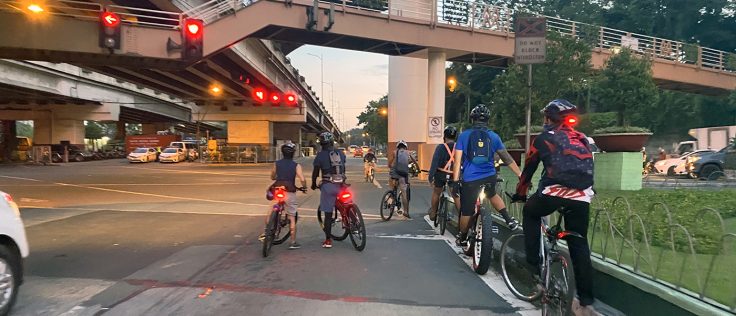
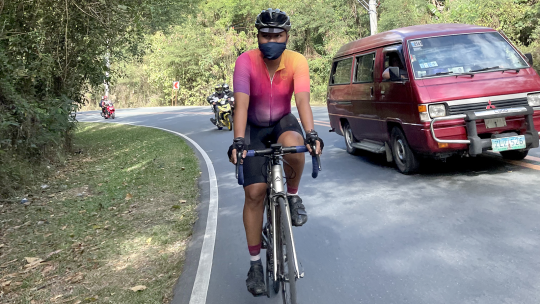
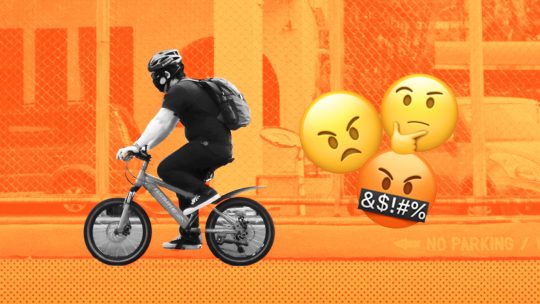
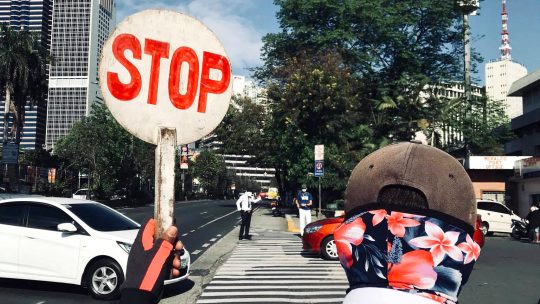
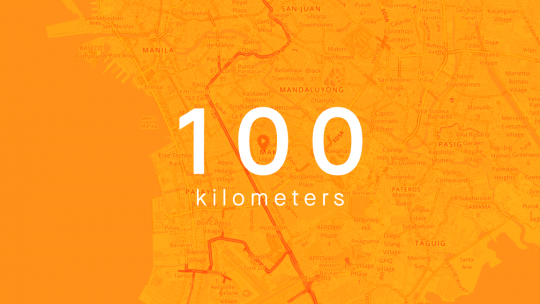
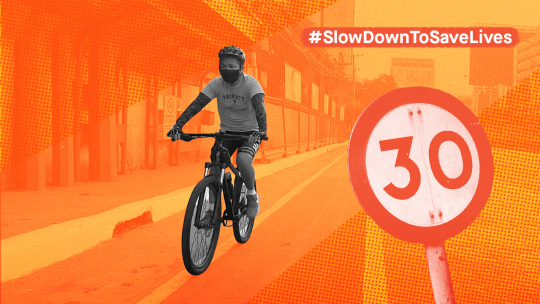
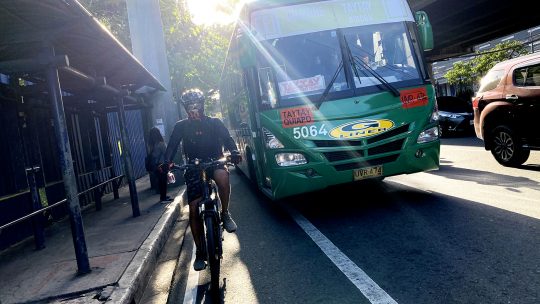
[…] last article dealt with the fact that the MMDA’s mandate is actually to move people, not cars. Republic Act […]